Repeating Patterns
In mathematics, a repeating pattern is a sequence of elements that repeats in a predictable manner. This type of pattern is commonly found in geometry, algebra, and other areas of mathematics.
Repeating patterns can be found in many different forms, such as shapes, numbers, colors, and symbols. They can be simple, like a sequence of alternating shapes, or complex, like a sequence of numbers with a specific rule.
Examples of Repeating Patterns
One example of a repeating pattern is a sequence of shapes, such as a circle, square, triangle, circle, square, triangle, and so on. This sequence repeats in a regular manner, creating a visual pattern.
Another example is a number pattern, such as 2, 4, 6, 8, 10, 2, 4, 6, 8, 10, and so on. This sequence follows a rule of adding 2 to the previous number, and it repeats in a predictable manner.
Identifying and Extending Repeating Patterns
When working with repeating patterns, it's important to be able to identify the core elements of the pattern and extend the sequence. This involves recognizing the repeating unit and continuing the pattern based on the established rule.
For example, if given the sequence of shapes: circle, square, triangle, circle, square, triangle, a student should be able to identify the repeating unit (circle, square, triangle) and continue the pattern by adding the next elements in the sequence.
Conclusion
Understanding repeating patterns is an important skill in mathematics. It helps students develop pattern recognition, critical thinking, and problem-solving abilities. Repeating patterns can be found in various mathematical concepts and real-world scenarios, making them a fundamental aspect of mathematical literacy.
.◂Math Worksheets and Study Guides Second Grade. Fractions Greater Than or Less Than 1/2
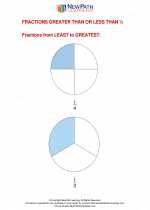
 Worksheet/Answer key
Worksheet/Answer key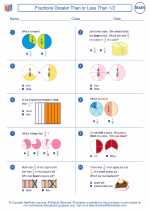
 Worksheet/Answer key
Worksheet/Answer key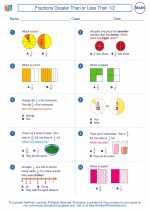
 Worksheet/Answer key
Worksheet/Answer key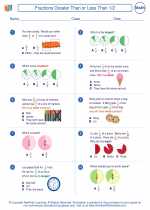
 Worksheet/Answer key
Worksheet/Answer key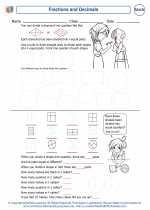
 Worksheet/Answer key
Worksheet/Answer key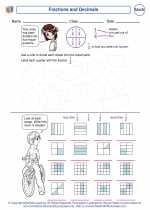
 Vocabulary/Answer key
Vocabulary/Answer key
